Many people choose to travel during summer vacations. While enjoying scenery and experiencing summer-exclusive activities can be delightful, those who love wearing jewelry on trips need to be aware of potential “tortures” their precious gems might endure!
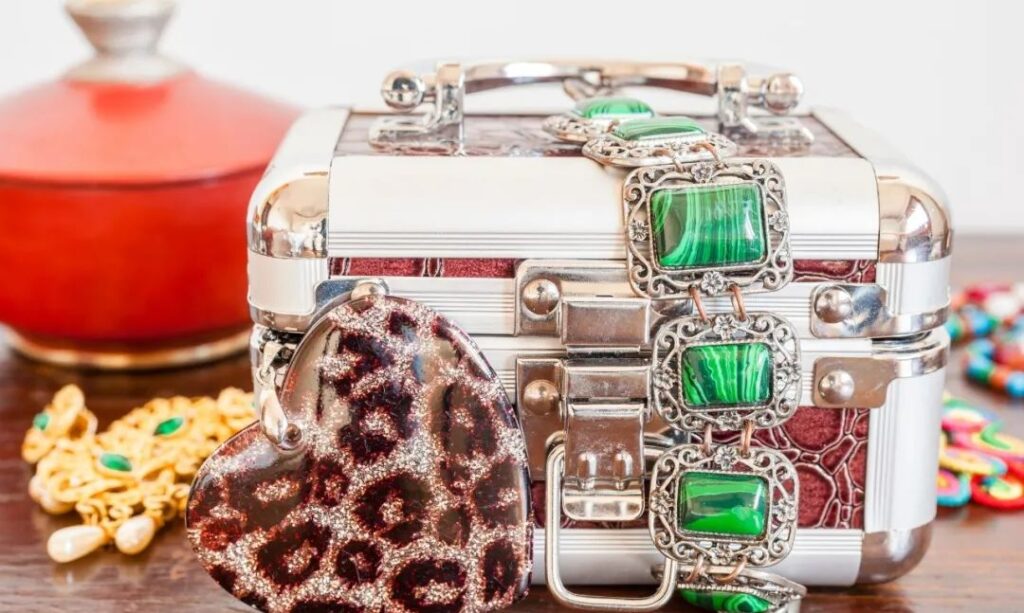
Vigilance is required even before departure. Seemingly innocuous factors like applying sunscreen or spraying perfume can “injure” gemstones. Travel itinerary choices also require caution – scorching sun exposure and chlorine-filled swimming pools can cause irreversible damage to some gemstones.
Today, let’s discuss how to carry and protect some of the most popular summer gemstones – pearls, turquoise, coral, and diamonds – during your travels.
Pearls
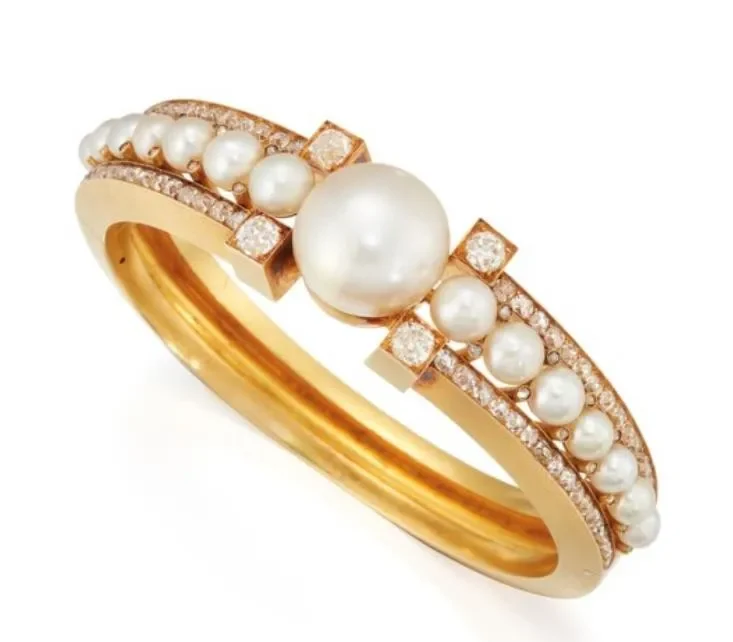
Although pearls come from the ocean, this doesn’t mean they’re always compatible with the beach. Both natural and cultured pearls are easily damaged, with a Mohs hardness between 2.5 and 5, which is why they need extra “care”. Chemicals in perfumes and hairsprays can damage the nacre in pearls, causing them to lose their luster.
Chlorine is particularly harmful to pearls, so never wear pearl jewelry in swimming pools. If you decide to bring pearl jewelry on your trip, reserve it for special evening occasions.

When getting ready before going out, pearls should be the last accessory you put on (after applying perfume and makeup) and the first you take off when returning to your hotel. Regarding storage during travel, the most important principle is to keep pearls separate from other items to prevent scratching. If you’re bringing both a pearl ring and necklace, store them separately, as the metal part of the ring could scratch the pearls on the necklace.
Never store pearl jewelry in plastic bags, as plastic releases chemicals that can damage the pearl’s surface. Instead, store pearl jewelry in soft cloth or breathable pouches.
By following these suggestions, you can confidently bring your pearls on your travels. After all, they are the perfect accessory for evening wear, exuding an air of elegance and classic charm. With proper care, pearl jewelry can be a classic and versatile addition to your vacation wardrobe.
Turquoise
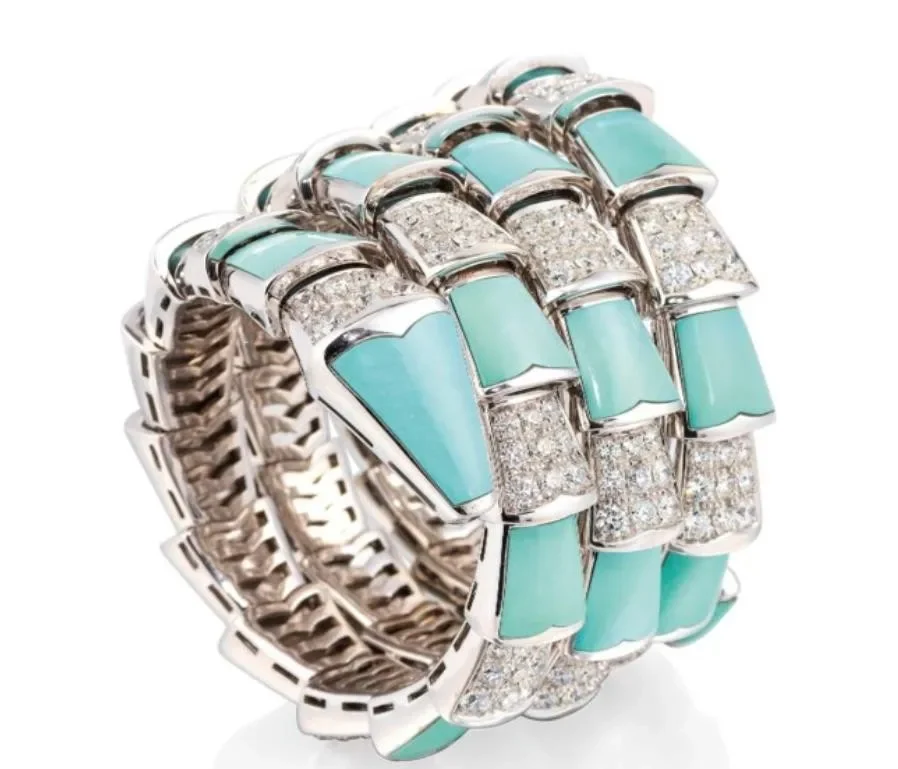
Some turquoise pieces reveal a clear blue color reminiscent of your favorite seaside resort’s waters or the azure sky. However, remember that it’s another delicate gemstone requiring extra care during travel.
Turquoise has a Mohs hardness of 5-6 and is a porous gemstone, making it susceptible to damage or breakage if not handled carefully. Chemicals, perfumes, cosmetics, and even natural skin oils can cause turquoise to change color. Therefore, remove your turquoise jewelry when applying makeup, sunscreen, or lotions.
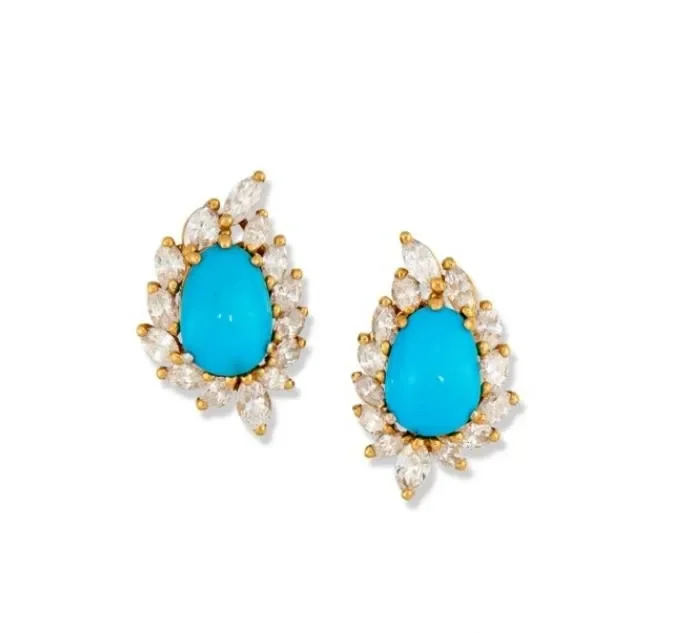
When packing, place cosmetics in a separate compartment or bag to prevent accidental leakage onto jewelry, which could damage the gemstone. If you need to clean turquoise jewelry for any reason, use only mild soapy water.
Coral
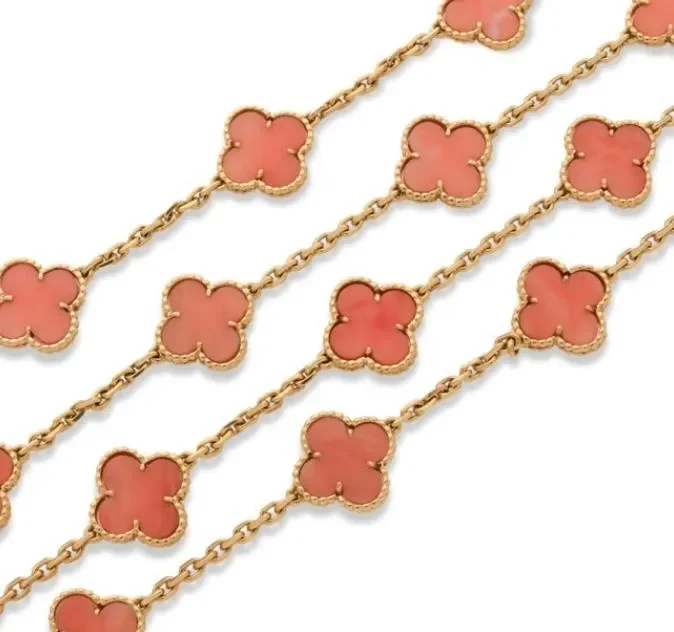
Coral jewelry is an excellent choice for beach vacations, as coral itself comes from the ocean depths. Like turquoise, coral is a porous gemstone with a Mohs hardness of about 3.5, indicating it’s a soft material prone to damage.
Nevertheless, coral jewelry in white, pink, red, orange, blue, and black can be a great companion to your vacation wardrobe, adding vibrant colors. Remember not to wear coral jewelry in chlorinated pools or expose it to heat or chemicals.
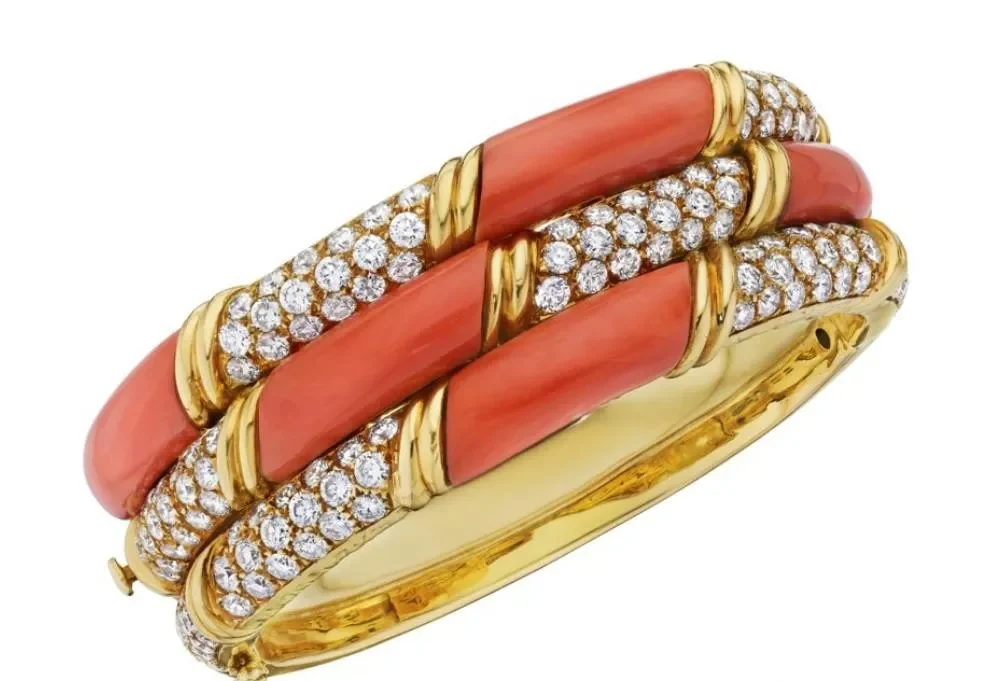
When traveling with this special gemstone, store it in a separate cloth bag to prevent harder gemstones from scratching its surface.
Diamonds
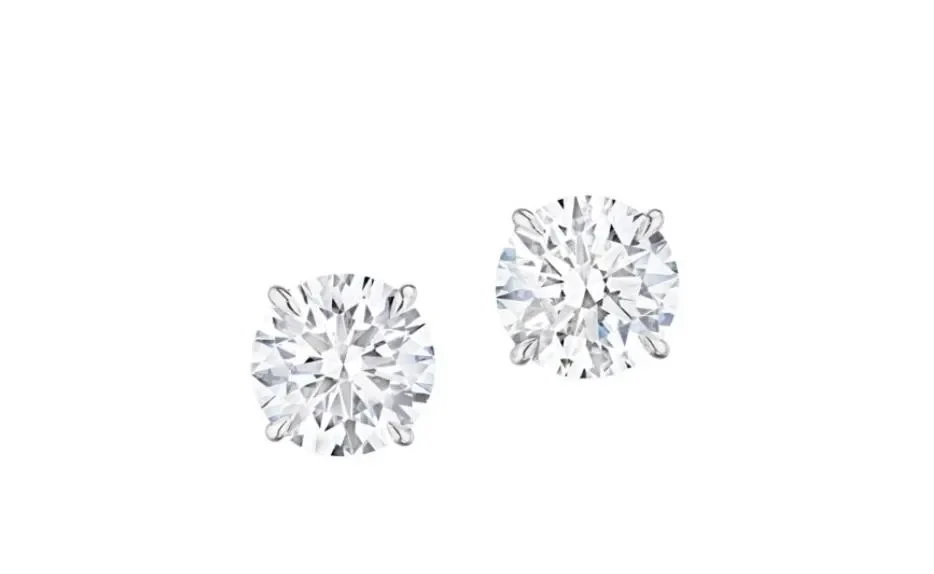
As the hardest and most durable gemstone with a Mohs hardness of 10, diamonds are well-suited for travel. In fact, you probably wouldn’t forget to bring your engagement ring when leaving home, would you? Although diamonds are resistant to damage, you should still protect them to maintain their brilliant shine.
Chlorine can corrode the metal alloy in diamond settings, potentially damaging or loosening prongs. It’s best to remove diamond jewelry before entering chlorinated pools or hot tubs.
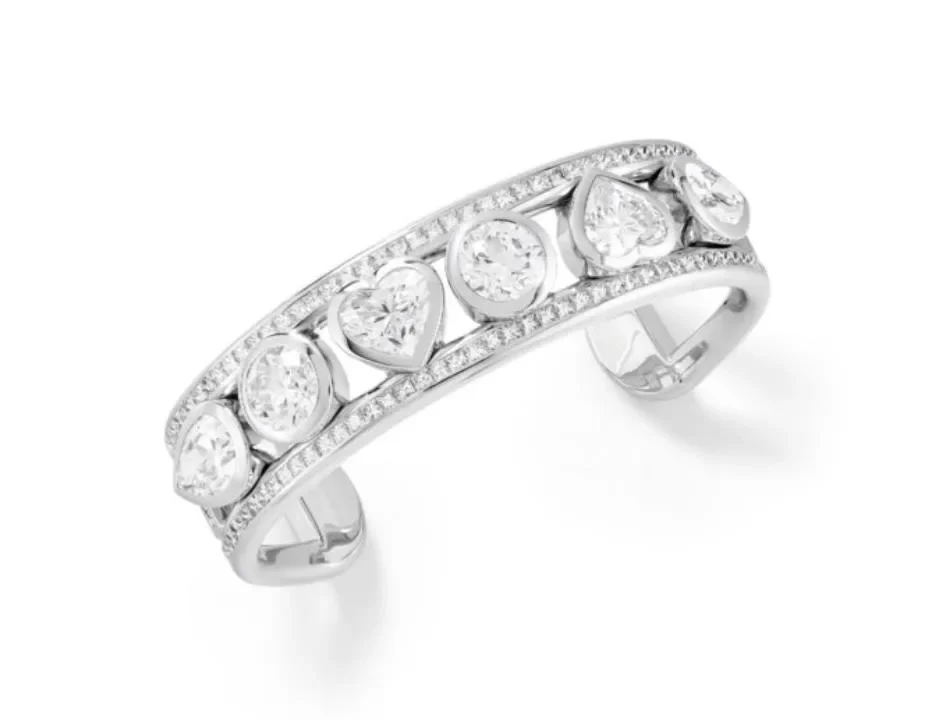
Diamonds can lose their luster and gradually become dull if oil and dirt accumulate on the surface. If you apply lotions or use sprays during your trip, you may need to clean your diamond jewelry afterward. While diamonds with few inclusions can be cleaned in an ultrasonic cleaner, the safest method is to use warm, soapy water and a soft-bristled brush.
The Best Jewelry for Travel
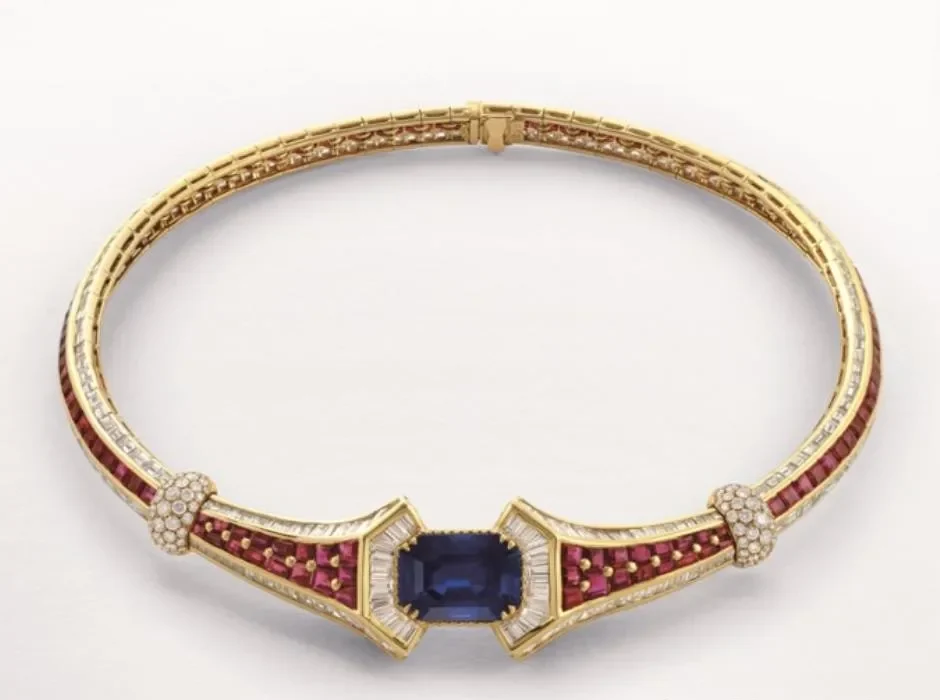
The most travel-friendly jewelry includes gemstones least prone to damage, such as rubies, sapphires, and diamonds. Before your next trip, check your jewelry and ensure it’s properly stored, as sometimes even slight carelessness can cause damage. But don’t just check the gemstones.
Before packing jewelry, always verify that the settings and clasps are secure. Delicate jewelry, such as antique pieces or those with softer gemstones (tanzanite, peridot, citrine, opal, etc.), is best left at home, carefully stored, and only worn indoors (except for indoor hotel pools).
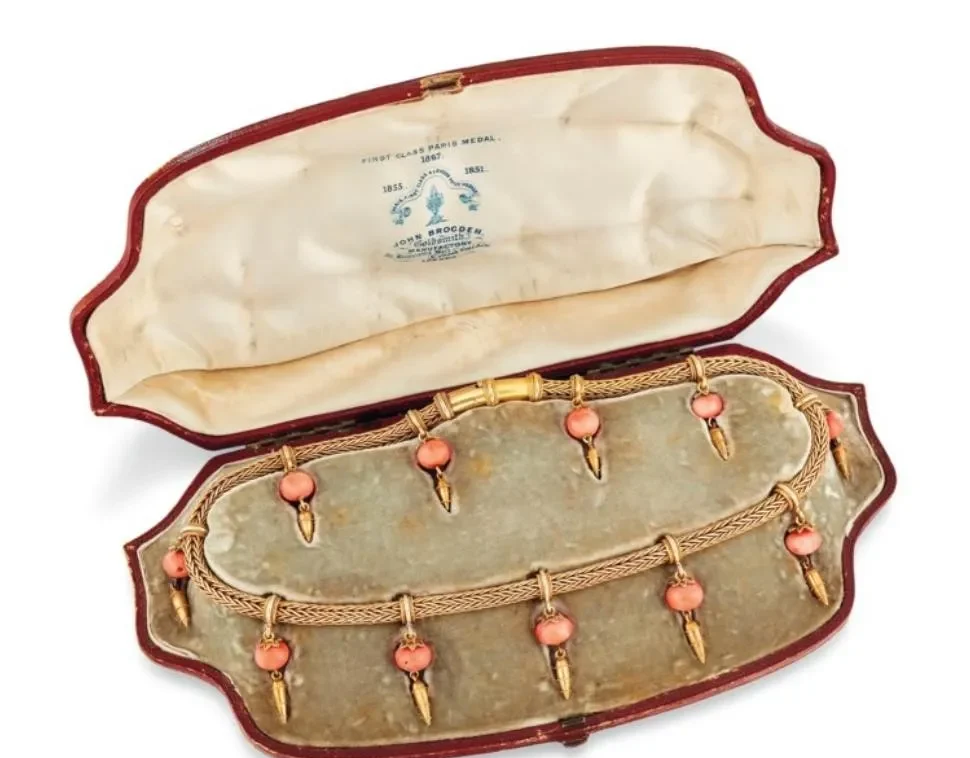
Packing jewelry for travel varies depending on the gemstone. The most crucial principle is to store each piece separately to prevent scratching. Soft cloth pouches are a good choice, providing breathability while protecting your jewelry. Additionally, it’s wise to pack jewelry in your carry-on luggage rather than checked baggage.
Vacation Sparkle: Essential Tips for Traveling with Your Precious Gems
Tweet





